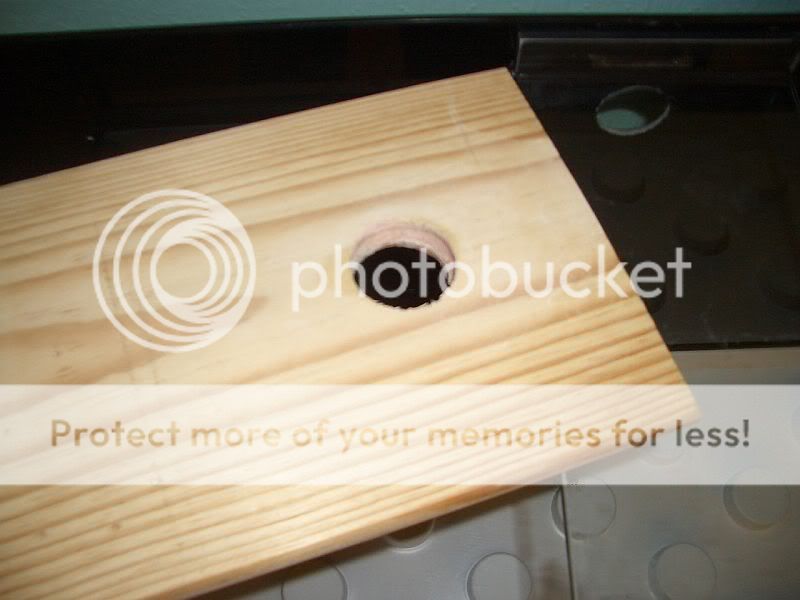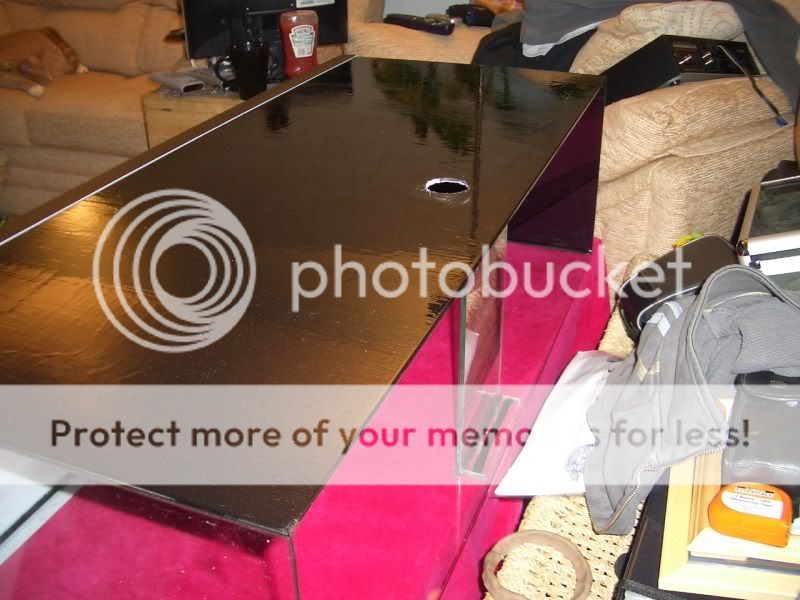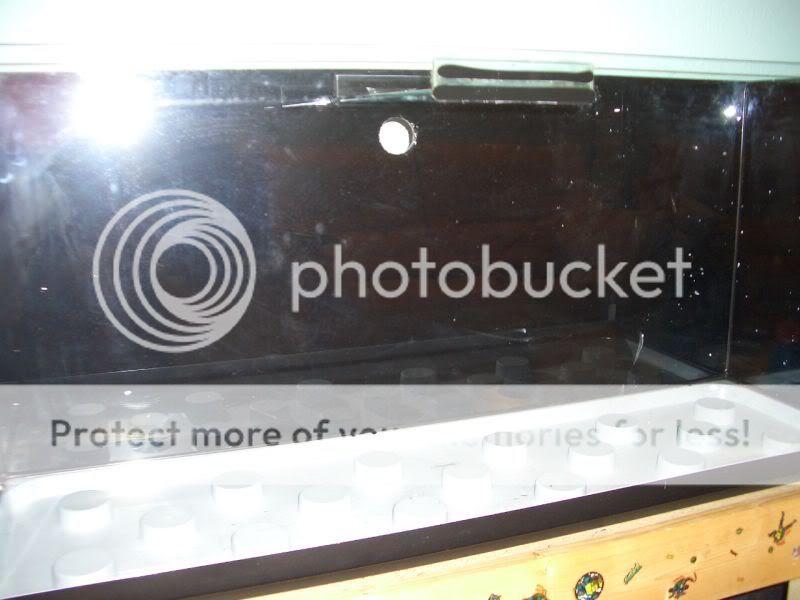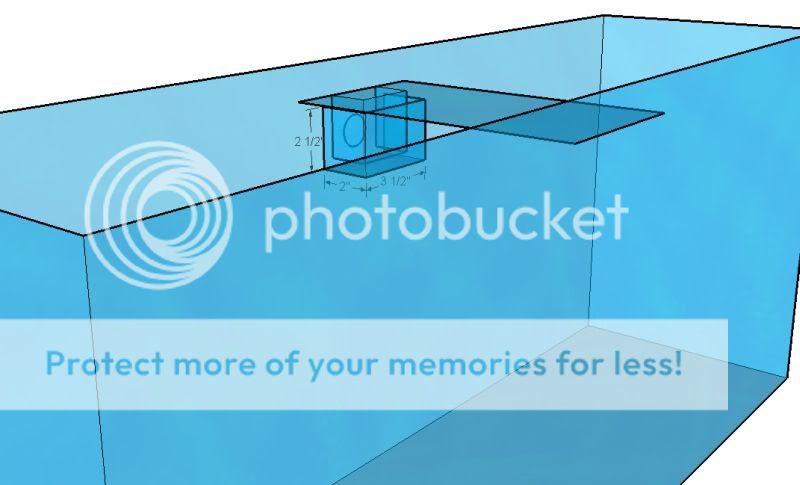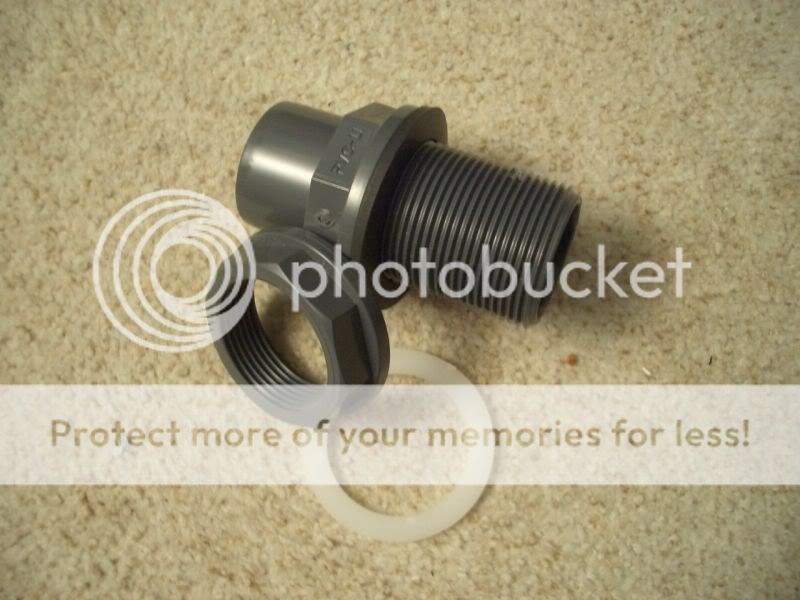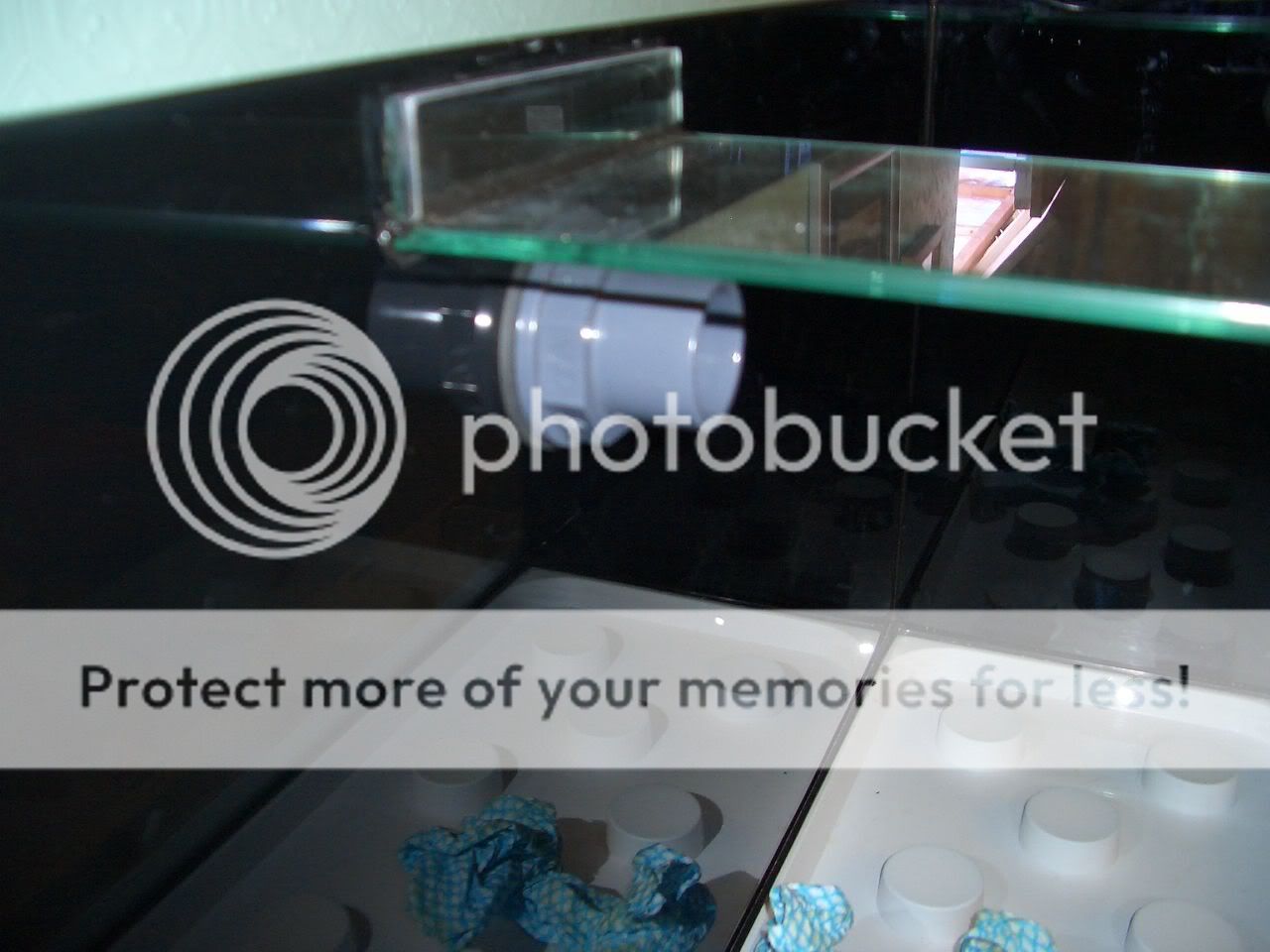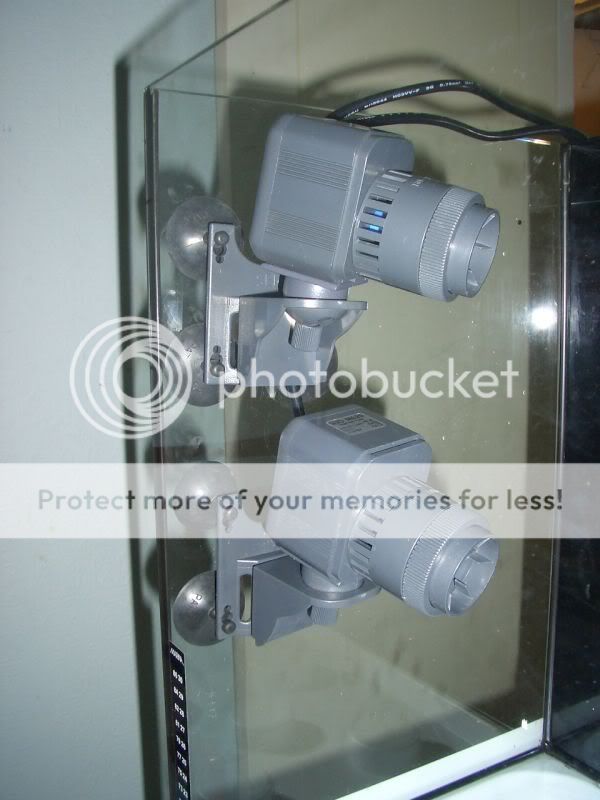Aquascaper
Fish Aficionado
Ok, to start with a little history..........I have had 4 marine tanks now and i'm about to start number 5. I started with a 40g then moved to a 56g then back to a 40g then to a 100g and started a 10g Nano. Due to an upcoming project i'm having to break my 100g reef down to a 40g so that it will be a little easier to transport when the time comes. As this 40g is a bare tank I thought it might be useful to someone to have a picture by picture guide of how to build a reef tank from scratch.
I have the massive advantage of having all the supplies I need straight away such as live sand, live rock, inverts and fish so hopefully as long as the bits i've ordered online turn up soon this thread won't take long to finish
Step 1: Painting the tank back
Some people do some people don't, it's entirely your decision. I personally prefer a coloured background as it hides pipework, electrical cables, etc. behind the tank as well as providing darkness inside the reef structure for the fish and inverts (not to mention cutting down light spillage from the tank). I have tried blue and black and have to say I prefer black as blue tends to look wonderful when clean but really grubby when covered in algae, add to that the fact that black shows up the fish more and I hope you'll agree.
First thing to do is clean the glass that's going to be painted, Use a normal window cleaner and a dry cloth and a razor blade to remove any stuck on bits. when done........paint. If you want to, do the sides as well, it will really depend on where the tank is and how you want to view it.
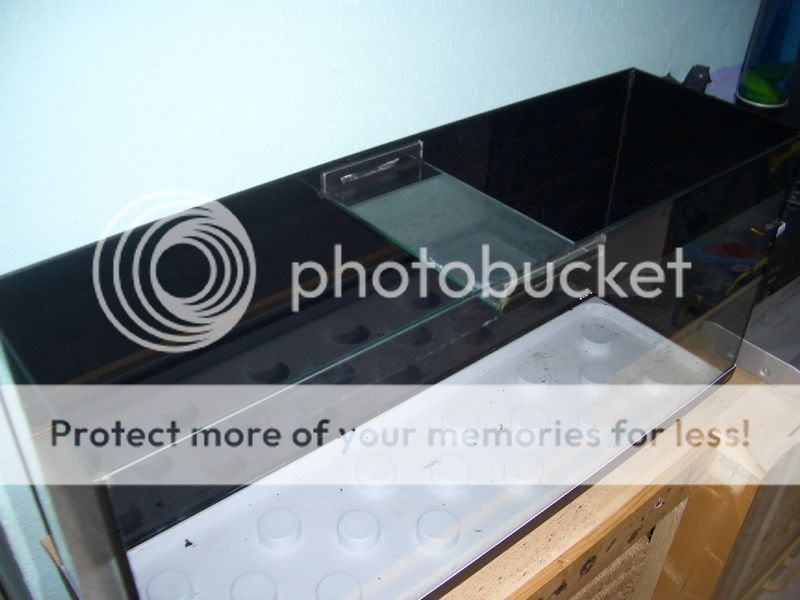
I have the massive advantage of having all the supplies I need straight away such as live sand, live rock, inverts and fish so hopefully as long as the bits i've ordered online turn up soon this thread won't take long to finish
Step 1: Painting the tank back
Some people do some people don't, it's entirely your decision. I personally prefer a coloured background as it hides pipework, electrical cables, etc. behind the tank as well as providing darkness inside the reef structure for the fish and inverts (not to mention cutting down light spillage from the tank). I have tried blue and black and have to say I prefer black as blue tends to look wonderful when clean but really grubby when covered in algae, add to that the fact that black shows up the fish more and I hope you'll agree.
First thing to do is clean the glass that's going to be painted, Use a normal window cleaner and a dry cloth and a razor blade to remove any stuck on bits. when done........paint. If you want to, do the sides as well, it will really depend on where the tank is and how you want to view it.



